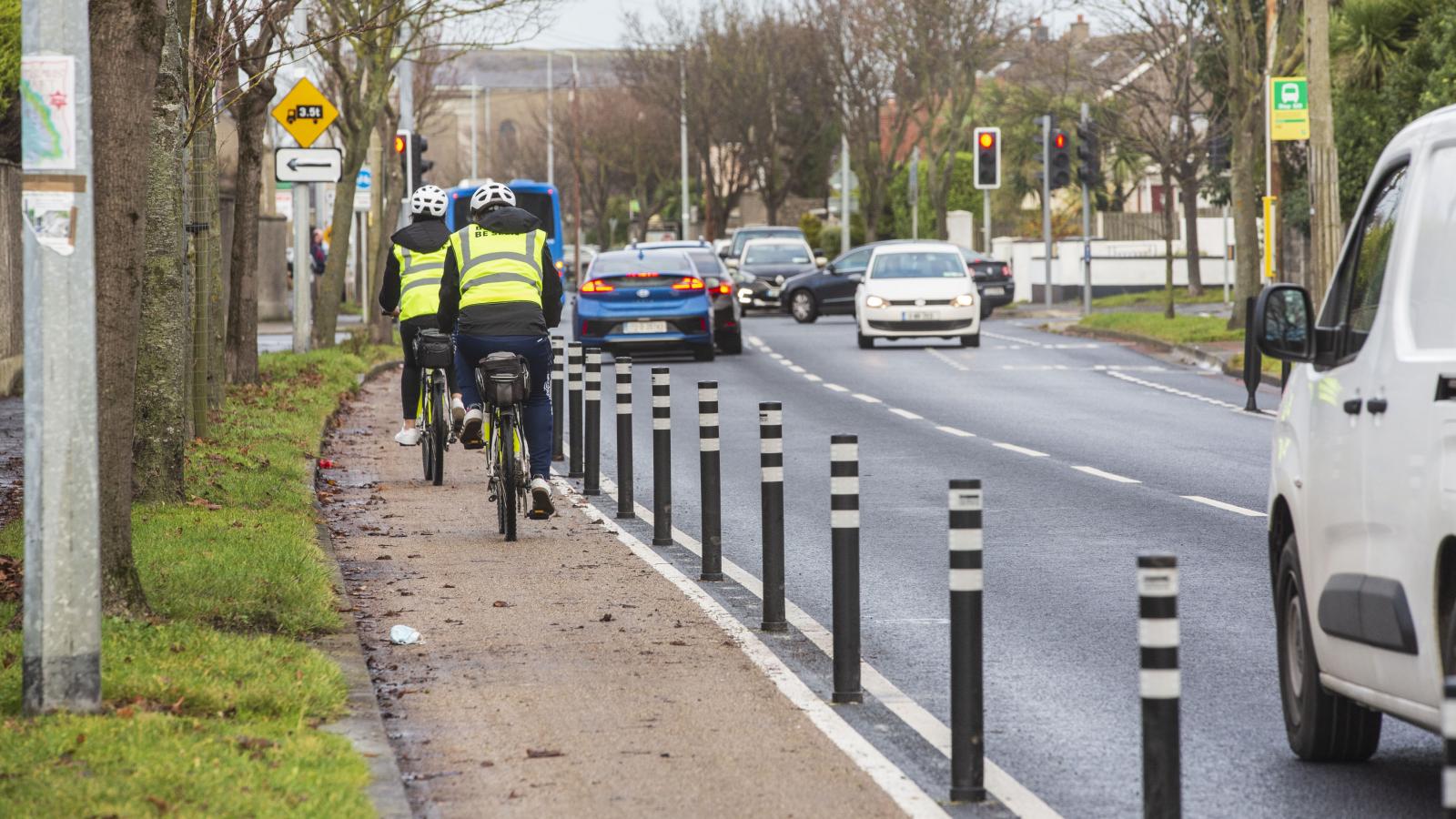
By D Collins independent journalist
Despite bold headlines and election‑year fanfare, Ireland’s current leadership appears more enamoured with cycle lanes and Green optics than preparing for tomorrow’s industrial challenges. Beneath ambitious slogans, however, lies a dangerous neglect of core economic infrastructure and a looming recession risk.
Cyclists Over Corporates?
Cycle mania on steroids: The government plans up to 3,500 km of dedicated cycle routes by 2040, at a projected cost of €1.4 billion including around €112,000 to €750,000 per km, depending on complexity and terrain.
In 2022 alone, €289 million was funnelled into active travel projects a six‑fold increase from 2019 levels.
Public opposition has grown. As one commentator put it:
“There are not enough cyclists… to justify the ‘enormous’ costs of new cycle lanes”.
Meanwhile, Big Tech Bails Out
Meanwhile, industrial heavyweights are pulling back. Amazon, Apple, Google and Microsoft have either cancelled or frozen data‑centre investments citing inadequate energy grid, water scarcity, and planning paralysis. Ireland’s once‑lauded tech magnetism is fading fast.
The National Competitiveness and Productivity Council warns that Ireland is now 32% behind comparable economies on infrastructure readiness and that business heads are actively shelving investments due to failures in basic provisions like power and water.
Data centres currently consume 21% of national electricity, projected to reach 30% by 2032 squeezing the system beyond capacity.
The government has imposed a halt on new grid connections for Dublin‑area data centres until 2028, triggering relocation of investment to Germany, Spain and the UK.
Amazon’s €300 M Ballycoolin project collapsed; Apple’s €850 M centre in Athenry was withdrawn; Google had its Grange Castle expansion blocked over insufficient renewable energy plans and grid availability.
Political Choices: Optics Over Outcomes
Government leaders have leaned into optics-friendly, visible projects like cycle lanes that resonate with Green‑conscious voters, while higher‑impact, longer‑term industrial needs are sidestepped.
Planning delays and judicial reviews rose by 20% in 2024 and 2025, according to a new taskforce yet the state still lacks meaningful coordination across electricity, transport, and water policy arms.
The National Development Plan, totalling €112 billion in infrastructure spending by 2030, is criticised for its “Sympathy to grand numbers” and scant details on project rollout a repeat of past performance despite inflation and delays.
The Misfire Risk: Pre-Election Hype Fuels Bubble
Critics fear the current infrastructure strategy is election‑oriented hype, prioritising visually appealing schemes over foundational investments.
Meanwhile, warnings about Ireland’s weak competitiveness and over‑reliance on volatile multinational tax windfalls go unheeded. Experts urge urgent reform to remain viable as a hub for AI, cloud, and advanced manufacturing.
Bottom Line: Doing the Future No Favours
What could be hailed as a transformative push for greener transport risks turning into a political distraction. The government seems to be fixing past infrastructure neglect not strategically, but symbolically while big‑ticket industry projects collapse for lack of real power, water, planning, and coherence.
If Ireland continues to prioritise cycle lane sheen over industrial backbone, it risks trading long‑term growth and jobs for short‑term optics. Should the major companies depart, the ensuing economic repercussions could eclipse any environmental gains.
Ireland deserves serious investment in resilient infrastructure not just photo‑ops with painted lanes.
